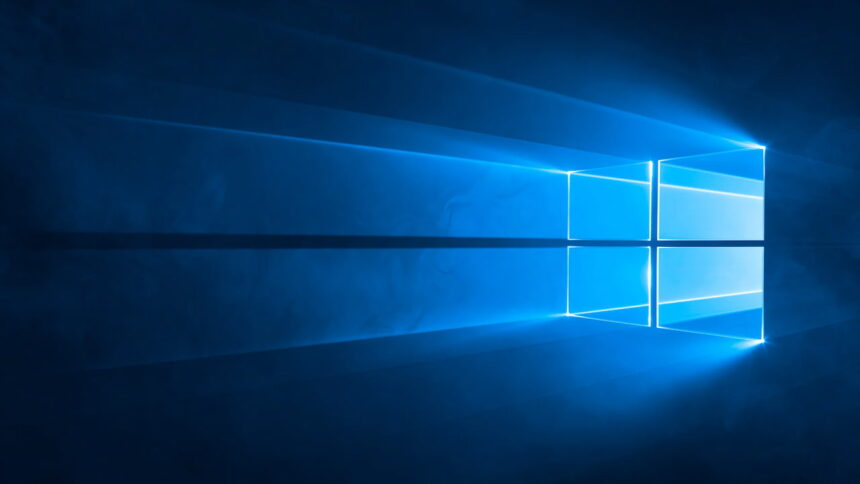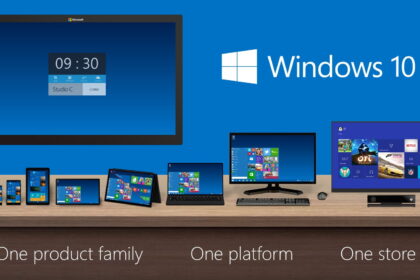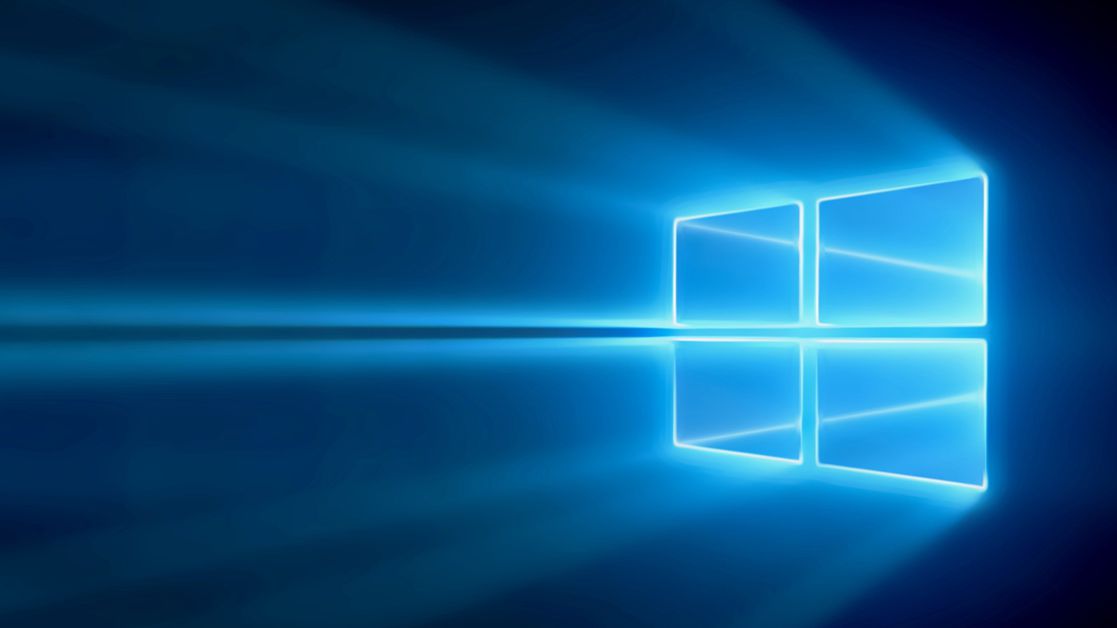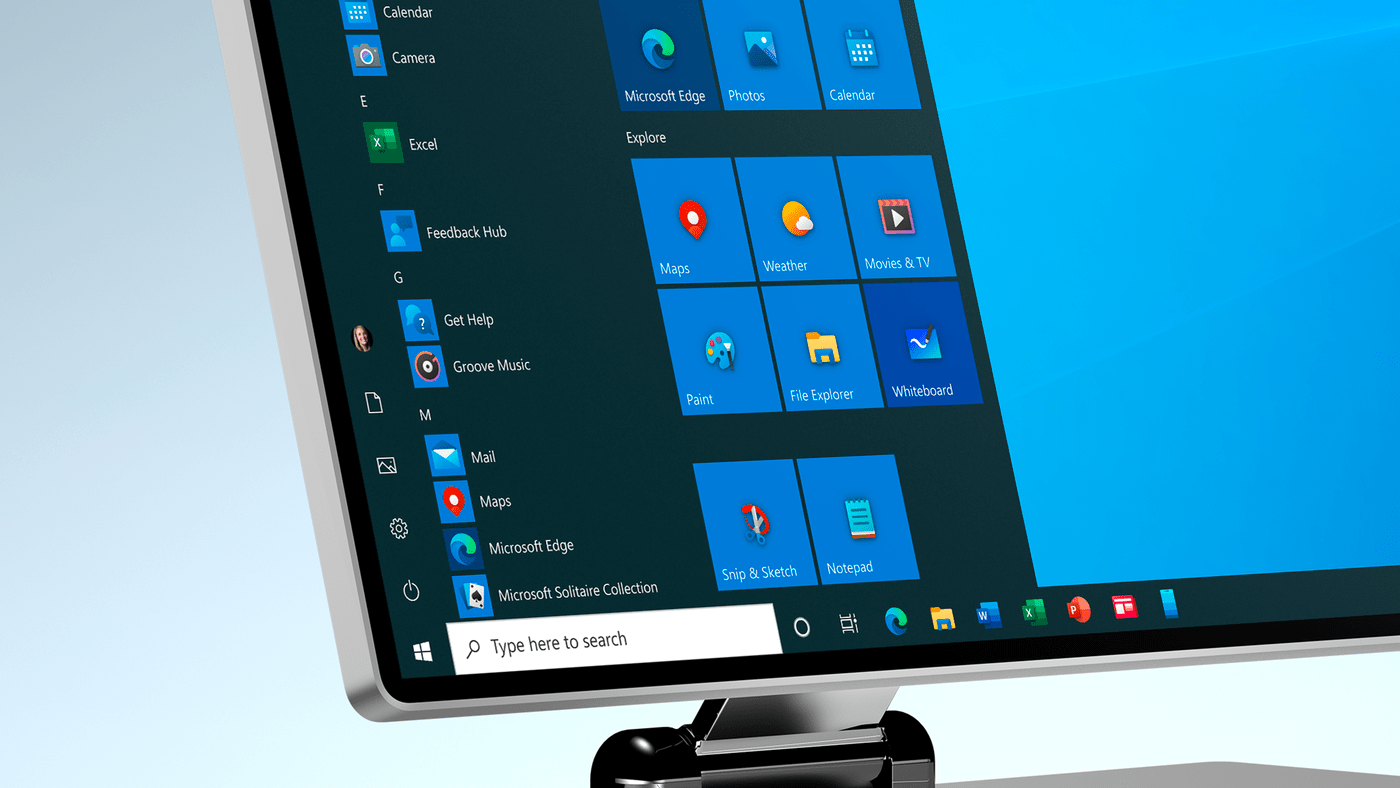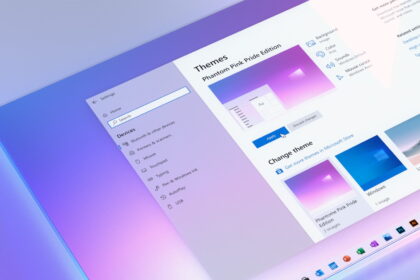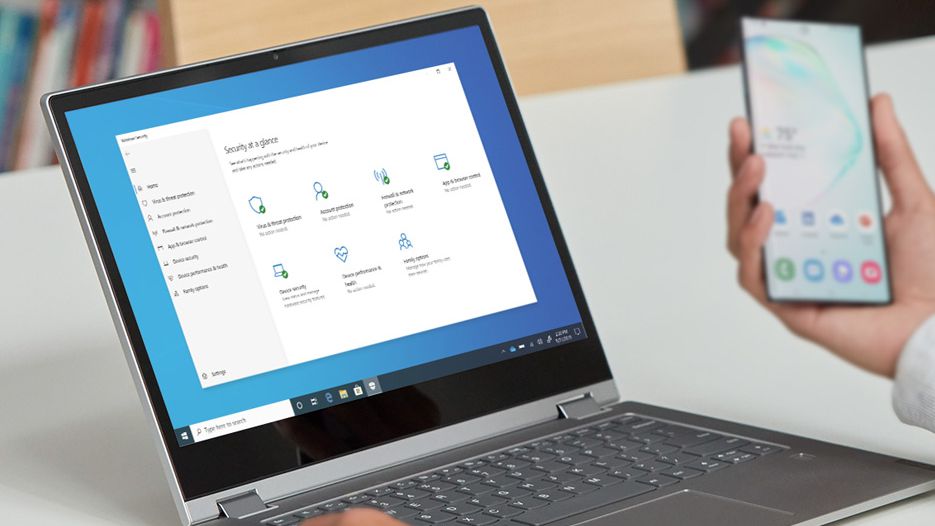It’s no secret that Windows 10’s days are numbered. Microsoft has officially announced that support for this operating system version is ending, making Windows 11 the primary and only actively supported option for users.
Unsurprisingly, not everyone is thrilled with the news. As Windows 10 gradually starts losing key features, it’s clear the goal is to nudge users toward upgrading to Windows 11. The team at Windows Latest recently spotted a significant change after installing the latest update — and it’s raising some eyebrows. Here’s what you need to know.
Microsoft removes the second clock in the floating control of the Windows 10 calendar
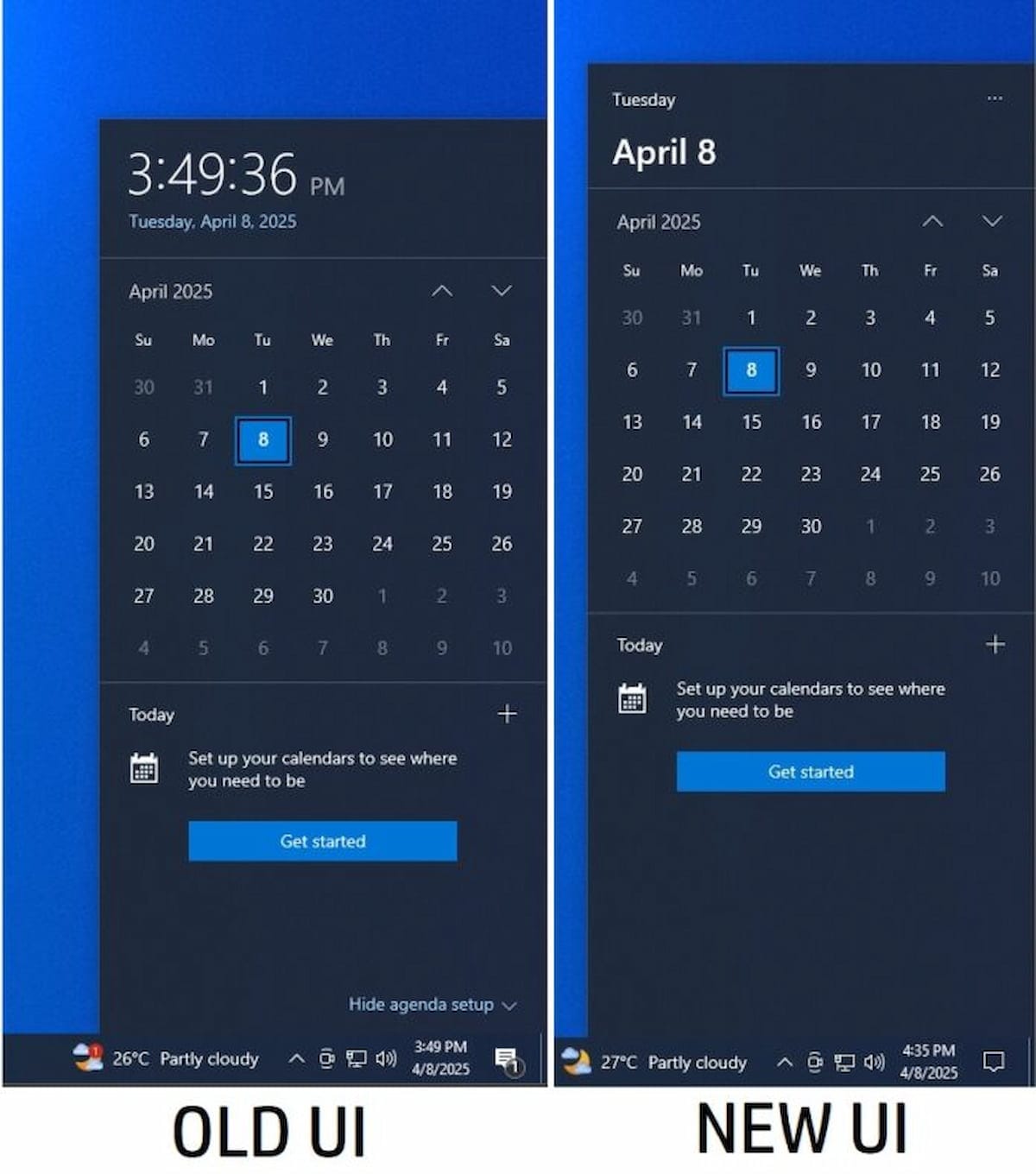
On Tuesday, April 8, 2025, Microsoft rolled out new patch updates for its supported versions of Windows, including a new build for Windows 10 (version 19045.5737).
As expected, this update didn’t bring any major new features — just minor bug fixes and some subtle quality-of-life improvements. However, one particular change has caught users off guard, and not in a good way.
According to Windows Latest and several discussions on Reddit, many users noticed that after installing the update, the seconds display in the taskbar clock — specifically in the floating calendar pop-up — had vanished. The once-detailed interface now looks oddly empty, and that hasn’t gone over well with long-time users.
Previously, when you clicked on the date and time in the bottom-right corner of the Windows 10 taskbar, a floating window would appear showing the full monthly calendar, the current date, and a clock — complete with hours, minutes, and seconds.
Now, following the recent update, several users report that the extended clock — including the seconds — is completely gone. In some cases, even the full date appears to be missing from the calendar overlay.
The change has sparked a wave of frustration online, with many calling it a step backward. Reddit threads are filled with complaints from users who relied on the second’s display for work, timing tasks, or simply as a helpful detail. Many argue that this wasn’t a feature that caused any harm — in fact, it enhanced the user experience.
Some users believe the removal may be linked to Microsoft’s push to replace legacy apps with newer ones. Specifically, speculation points to the new Outlook app, which replaced the classic Mail and Calendar apps earlier this year. The new app has already received criticism for lacking polish and certain familiar features, and this latest tweak adds to the discontent.
According to Windows Central, those who want the old clock interface back — including the seconds — can modify the system registry to restore it. However, editing the Windows registry comes with risks and should be done cautiously.
Interestingly, this detailed time display still exists in Windows 11, which has led some to suspect that Microsoft is intentionally phasing out convenience features in Windows 10 as a subtle nudge for users to upgrade. Whether that’s true or not, it’s clear that not all changes are being welcomed — especially when they remove useful tools people rely on daily.

